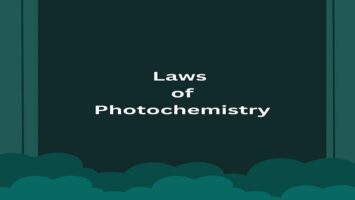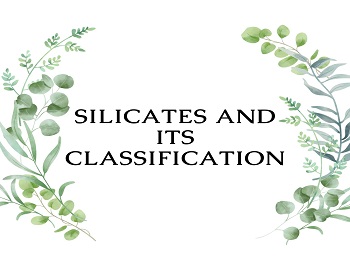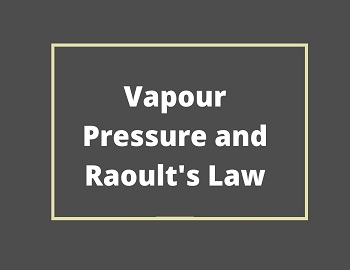Phase Diagram of Water at High Pressure:
A phase diagram shows the preferred physical states of matter at different temperatures and pressure. At typical temperatures and pressure, water is a liquid but it becomes solid (that is, ice) if its temperature is lowered below 273 K and gaseous (that is, steam) if its temperature is raised above 373 K, at the same pressure. Each line represents a phase boundary and gives the conditions when two phases coexist. Here, a change in temperature or pressure may cause the phases to abruptly change from one to the other. When three lines join, there is a triple point where three phases coexist but may abruptly and totally change into each other given a change in temperature or pressure.
Bridgman showed that water under high pressure (up to 5 x 103 atm), exists in six other forms, besides ordinary ice (called ice I), which are stable under different conditions of temperature and pressure. These forms of ice (called ice I to ice VII) differ in crystalline structure, density, and other physical properties. This process is known as polymorphism.

Each of these polymeric forms of ice constitutes a separate phase. The above diagram shows the equilibria between different polymeric forms of ice. It may be pointed out that ice IV has not been shown in the diagram, because it has not been isolated. From the diagram, it is clear that:
(a) Various regions shown in the above figure indicate that a particular form of ice is stable in a particular region.
(b) All forms of ice can coexist with water (liquid) except ice II.
(c) Melting point of ordinary ice I is lowered by the increase of pressure and it falls to about -22°C at a pressure of 2,045 atm. Further, the pressure increase results in a transformation of ice I to ice III, whose melting point is raised by the increase in pressure. The melting point of various other forms increases with an increase in pressure.
(d) Ice II can be obtained from ice I, III, or V.
(e) Only three phases cannot exist in an equilibrium, because:
| If four phases can co-exist then Let P = 4, C = 1 ∴ F = C – P + 2 = 1 – 4 + 2 = -1 Negative value of F has no meaning. |
(f) The melting point of ice is considerably raised at very high pressure and ice VII melts at 190°C at a pressure of 40,000 atm. This is an astonishing fact.
(g) The points C, D, E, F, indicates the various triple points. At all the triple points three phases coexist i.e., two forms of ice and liquid water.









Comments (No)